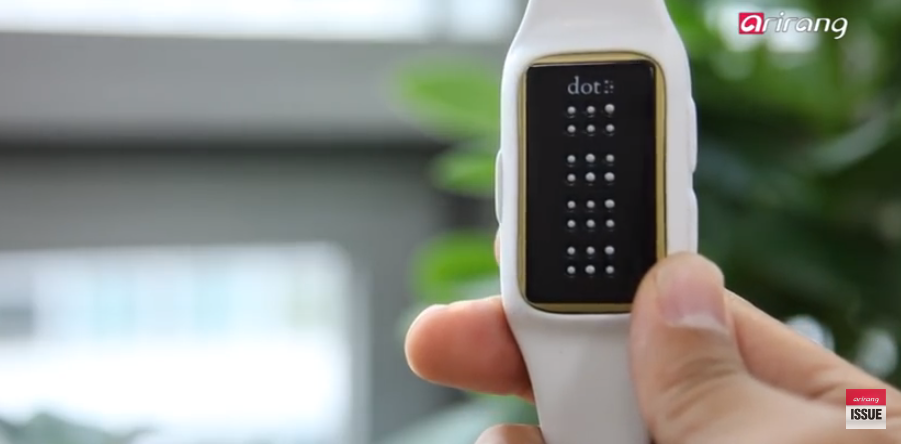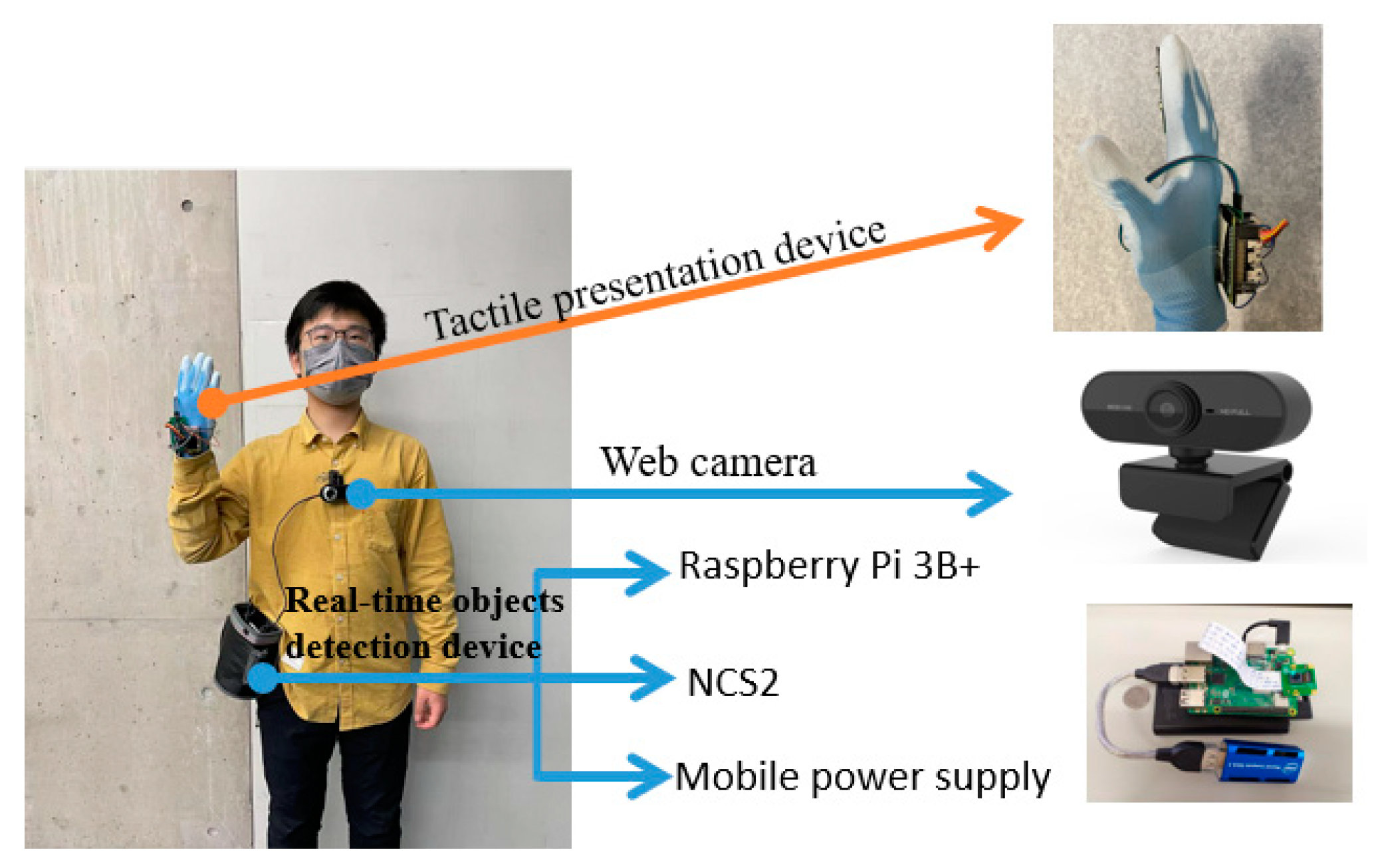Empowering Self-reliance With Assistive Innovation for the Blind
The assimilation of assistive modern technology right into the lives of people with visual impairments stands for a considerable development in promoting freedom and self-sufficiency. From innovative screen visitors to advanced clever canes, these devices not only enhance daily navigation and communication but also empower customers to involve meaningfully in different elements of life. As we check out the myriad advantages and real-world applications of these modern technologies, it comes to be essential to analyze the underlying elements that contribute to their effectiveness and the potential for future growths in this essential field.
Summary of Assistive Technology

The growth of assistive innovation is based in concepts of inclusivity and empowerment. Technologies in software program, hardware, and sensory enhancements provide individuals with alternatives customized to their details needs. From screen viewers that transform message to speech, to responsive devices that convey info through touch, these tools change the method individuals engage with their environments.
In enhancement to sensible applications, assistive modern technology promotes greater social incorporation and participation in various markets, including education and learning and work (Smart glasses for the visually impaired). As study and development remain to progress, the potential for assistive technology to better boost the lives of aesthetically damaged individuals remains promising, leading the way for an extra equitable society where everyone can thrive
Sorts Of Assistive Tools
A selection of assistive tools have arised to support individuals with visual problems, each developed to satisfy specific requirements and improve everyday performance. These gadgets vary from low-tech solutions to sophisticated advancements, providing diverse options for customers.
Low-tech devices include magnifiers and large-print materials that aid in reading and writing. Braille devices, such as Braille slates and styluses, allow tactile analysis and communication. Positioning and movement help, like white walking canes, assist users navigate their setting securely.
On the greater end of the spectrum, electronic zoom systems and display viewers supply significant support. Digital magnifiers allow users to enlarge text and photos on displays, while screen readers transform electronic web content right into synthesized speech, facilitating accessibility to info on computer systems and smartphones.
Smartphone applications likewise play an essential function, providing attributes like message acknowledgment and navigating assistance. Wearable innovation, such as wise glasses outfitted with augmented reality, is becoming an appealing device to improve situational awareness.
Benefits of Assistive Innovation
The combination of assistive technology significantly enhances the lifestyle for people with visual disabilities. These innovations empower individuals by promoting self-reliance, enabling them to navigate their settings better and carry out day-to-day jobs with higher simplicity. Screen viewers and zoom software allow people to access digital information, fostering expert and academic possibilities that may have previously been out of reach.
Furthermore, assistive gadgets such as clever canes and GPS applications supply real-time navigation help, boosting mobility and security. This boosted autonomy not only improves self-confidence yet also encourages social involvement, allowing customers to take part more fully in their communities.
Assistive modern technology additionally facilitates communication, helping users get in touch with others via voice acknowledgment and text-to-speech applications. This capacity is vital for maintaining connections and accessing important information.
Furthermore, the personalization options readily available with numerous assistive technologies make certain that individuals can customize devices to their details demands, additionally boosting usability and efficiency. On the whole, the advantages of assistive innovation for people with visual problems are profound, this post advertising an extra inclusive culture where everybody can pursue their aspirations and objectives.
Study and Success Stories
Highlighting the transformative influence of assistive technology, many case researches illustrate how people with aesthetic problems have actually efficiently integrated these devices right into their day-to-day lives. One engaging instance entails an university student that used screen analysis software program to navigate scholastic products and on the internet sources efficiently. This modern technology not only promoted her education and learning but also enhanced her confidence in getting involved in discussions and team projects.
One more study features an expert that uses a smart device application designed for navigating and object acknowledgment. By utilizing this app, he has actually gained back autonomy in both his personal and workplace, permitting him to commute individually and engage with colleagues more properly.
Additionally, a retiree shared her experience with braille e-readers, which allowed her to access a vast variety of literature and remain linked with her neighborhood via book clubs.
These success stories highlight the crucial role of assistive modern technology in fostering self-reliance, improving lifestyle, and advertising social integration for individuals with visual disabilities (Wearable technology for low vision). By accepting these ingenious devices, customers can get over obstacles and take chances that add to their personal and expert satisfaction

Future Trends in Assistive Innovation
Technology in assistive innovation is positioned to redefine the landscape of support for dig this people with visual problems. Emerging patterns emphasize the integration of man-made knowledge (AI) and artificial intelligence, which boost the capability of gadgets that aid with navigating and info accessibility. AI-driven applications are now qualified of interpreting visual information in real-time, allowing users to engage with their setting a lot more separately.
In addition, the growth of wearable technology is progressing quickly. Smart glasses geared up with augmented reality (AR) can offer audio descriptions of environments, changing just how customers connect with public areas. These tools not just advertise freedom but additionally foster social incorporation.
In Addition, the Internet of Points (IoT) is making homes smarter, permitting for seamless connection between assistive tools and daily home appliances. This connection encourages customers by making it possible for computerized reactions and voice-activated controls tailored to private demands.
Conclusion
To conclude, assistive modern technology plays a crucial duty in equipping people with visual problems by improving their freedom and engagement with their environments. The diverse variety of applications and devices offered not only promotes navigating and interaction however additionally promotes social integration and possibilities for individual and specialist growth. As innovations proceed in this area, the potential for boosting the lifestyle informative post for those with aesthetic problems will certainly expand, cultivating better autonomy and empowerment.
